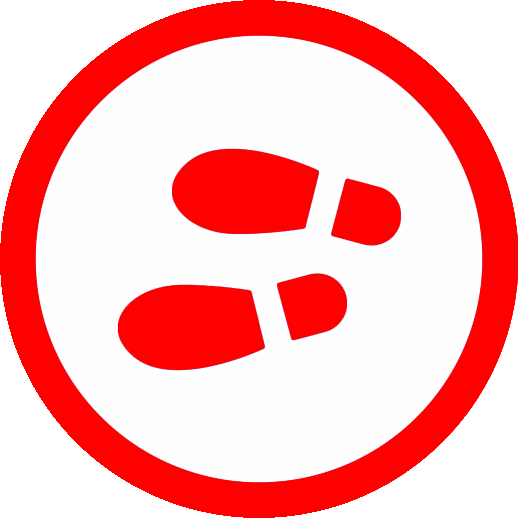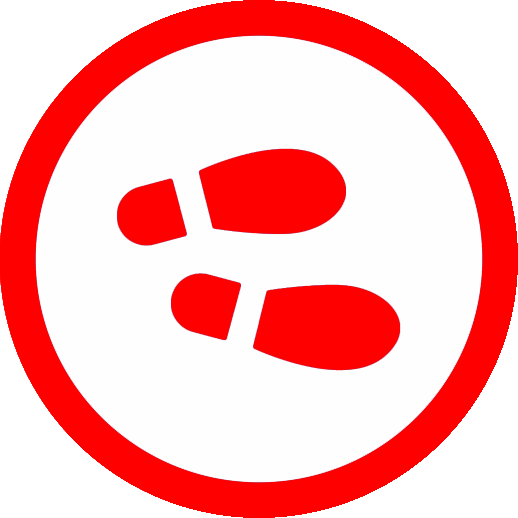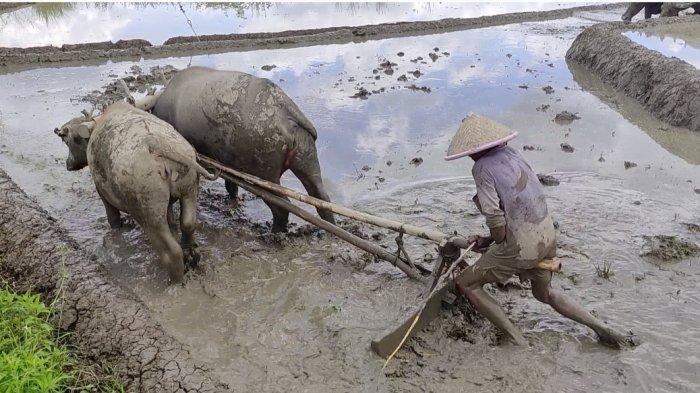Plows (Luku/Waluku) are used in primary tillage equipment before the next required process. On the island of Java, plows are known as luku/waluku, the Batak tribe calls it tenggala (Karo language), and the Minahasa tribe calls it pajeko. while the Acehnese call it langa.
The Javanese plow has several parts, namely cekelan, pancadan, tandhing, singkal, and pairs.
Cekelan
part of the plow held by the person who cultivates the land. The cechequer must be held firmly so that the plow does not come off easily.
Pancadan
the footrest of the hijacker. At the time of plowing, the foot must rest one of the parts of the tool with strong pressure so that the plow can sink into the ground and can turn the ground over when pulled.
Tandhing or pegs
Tandhing or pegs are used to strengthen the joints so that the plow does not shake.
Singkal
Singkal is part of the plow used to turn the soil.



